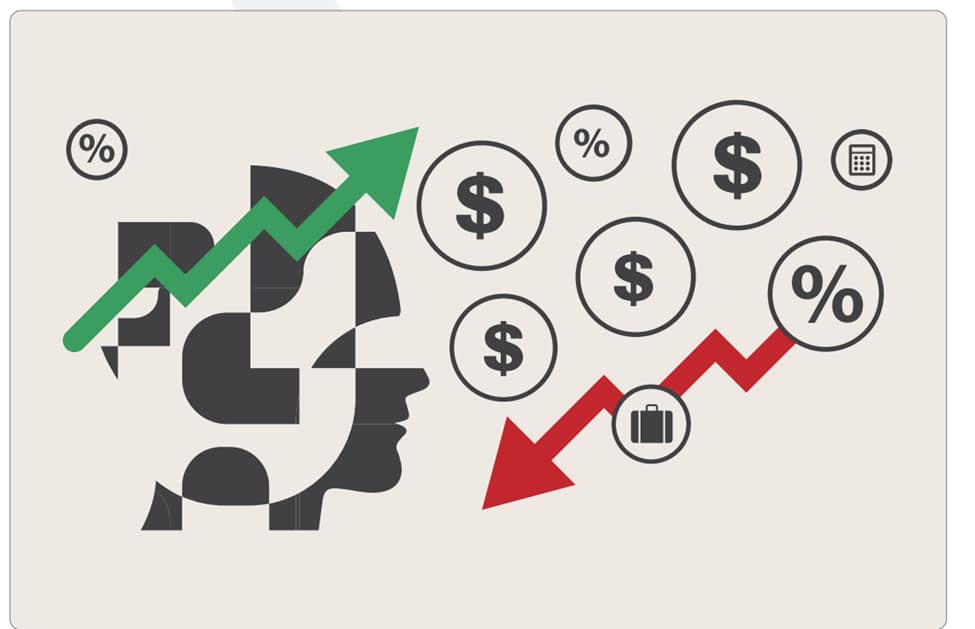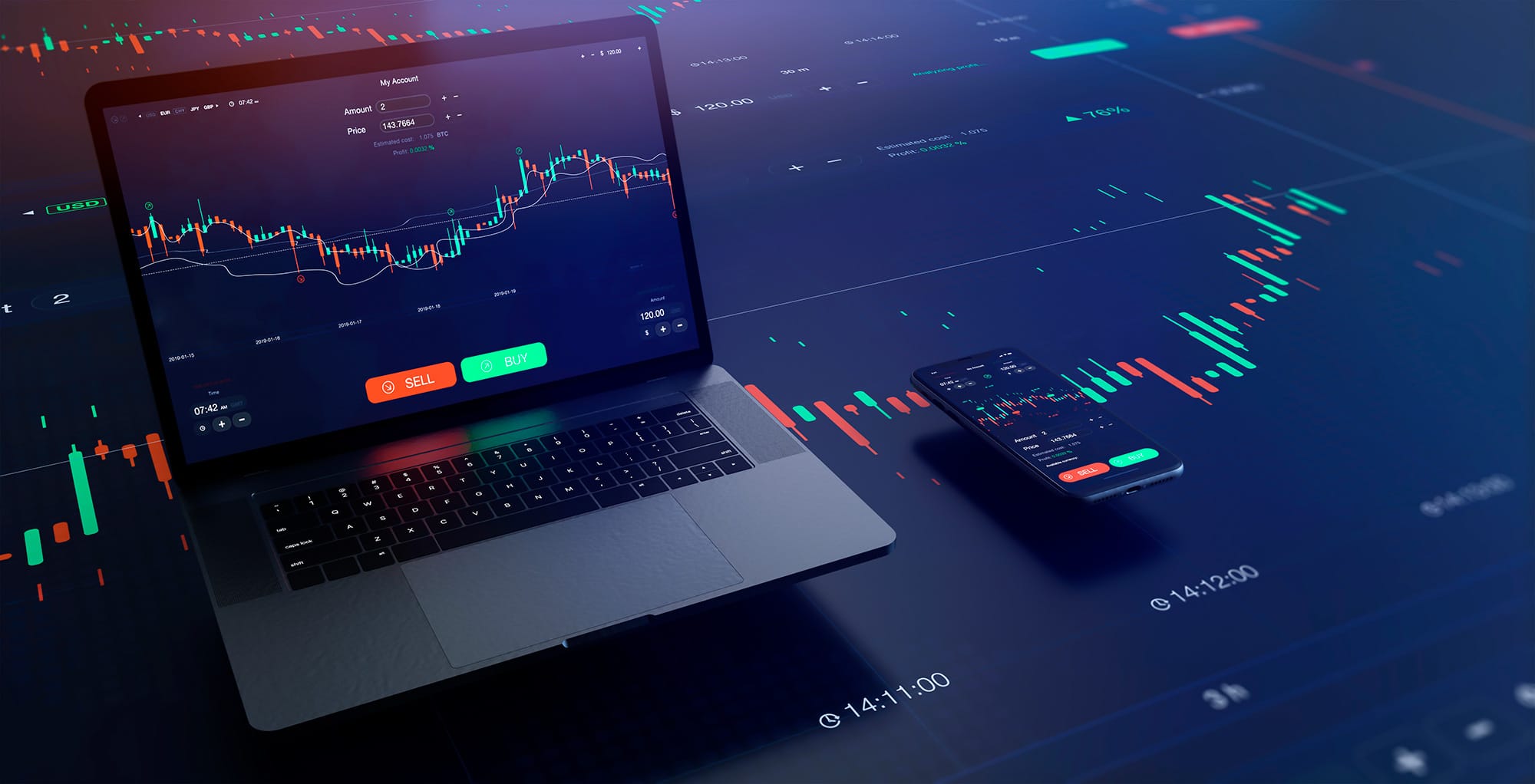Advanced Order Types for Precision in Your Trading
Success in trading has often been a question of precision. The power to execute a trade at exactly the right time with exactly the right parameters makes huge differences in profitability. This is what advanced trading techniques provide.
Unlike simple buy or sell orders, advanced order types show traders more options for fine-tuning their strategy and reducing risk. In this blog, we will take a closer look at some of the advanced order types and how they can be used in combination to get precision into a trade.
1. Limit Orders
A limit order allows you to buy or sell a security at a particular price or better. If you are buying, it will execute the transaction only if your limit price or lower limits the order. If you are selling, it will be executed at your limit price or higher. You will not be required to pay more or accept less than what you want.
Example: Suppose you want to invest in a certain stock trading at $100. You feel that this can drop to $95, so you place a buy-limit order at $95. If the price drops to $95 or lower, your order will be filled.
2. Stop Orders
Stop orders are placed in anticipation of cutting losses or protecting profits on trades already executed. There are two primary kinds of stop orders:
A. Stop Loss Order
This order will trigger a market sell order if the price of the security sinks to that level. It’s often used to prevent further losses when the market moves against a trade.
Example: You bought a stock for $100, but you do not want to lose more than 10% on the trade. You put in a stop-loss order at $90. In such a case, if the stock falls down to $90, your shares get automatically sold, thereby limiting your loss.
B. Stop Limit Order
This is an order which amalgamates the characteristics of a stop loss and a limit order. Upon reaching the stop price, the order does not become a market order but a limit order.
Example: You buy stock at $100 with a stop-limit order set at $90 for the stop and $85 for the limit price. When it falls to $90, it becomes a limit sell order of the stock if the stock can be sold at $85 or above.
3. Market Orders
A market order is the simplest kind of order. It instructs your broker to buy or sell a security immediately for the best price the security is offered for at the time in the market. You needn’t specify the price parameters. In the absence of speed in a market order, you had precision. Here, you will not have any control over the price when your order gets filled, especially when talking about limit orders vs. market orders.
Example: You get into a stock trading at $100 and decide, ‘I must buy it right now.’ You will have your trade executed at the best price available by placing a market order, and that could be a little higher or lower than $100, depending on how the market goes.
4. Trailing Stop Orders
A trailing stop order is an active order to sell the security as the market price moves lower. You are keeping your profit and minimising the risk. You set a trailing stop as a percentage or dollar amount against which it moves with the price of the security. It locks in profits as the market moves in one’s favour. Automatically sells if the price drops too far.
Example: You buy an issue at $100 with a 10% trailing stop. Then, the stock rises to $120, and your stop automatically rises to $108. When the stock falls to $108-that, your trigger price will issue the order, sell your shares, and lock you into an $8 profit.
5. Good ‘Til Canceled (GTC) Orders
A Good ‘Til Canceled order remains open until you cancel it or it’s executed. This compares with day orders, which expire if not filled at the end of the trading day. You do not need to keep an eye on the market every while. It stays alive until your requirements are fulfilled. However, GTC orders may sometimes remain open far beyond expectation, exposing you to risk in case of extreme market fluctuation.
Example: You wish to buy a security when it declines to $90. You place a GTC limit order at $90 that remains open until the security reaches the set price or you decide to cancel the order.
6. Fill or Kill (FOK) Orders
A Fill or Kill (FOK) order is an all-or-nothing order which needs to be executed at once and in its entirety, or else it will be cancelled. This guarantees the whole of the order is filled in one go. You won’t end up with part of your order being filled. The disadvantage of FOK orders is that they will generally lead to fewer executions, particularly when operating in thin markets, since a complete fill within the specified time frame must be attained, or the entire order will be cancelled while customizing orders for trading.
Example: You want to buy 1,000 shares of a stock at $100, but you only want the order to be filled if you can buy all 1,000 shares at that price. If the market can’t fill the entire order, the trade is cancelled.
7. Immediate or Cancelled Orders
A similar type of order to a FOK is an Immediate or Cancel order. The difference between the two is that an IOC permits partial fills. Any portion of the order that cannot be quickly filled is cancelled. It allows for partial execution while cancelling the unfilled portions. Ideal for fast-moving markets. IOC orders find wide utilisation in high-frequency trading and other fast-paced strategies where the timing of the trade often makes much of the difference.
Example: You want to buy 1,000 shares of a stock at $100, but only 500 shares of the stock are available for that price. You’re fine with just buying the 500 shares. An IOC order buys the 500 shares and immediately cancels the rest of the order.
8. One-Cancels-the-Other (OCO) Orders
An OCO order consists of two orders: one will be executed, and the other will automatically cancel. Traders who want to set both a profit target and a stop-loss without constantly monitoring the market condition can find it useful. Doing so will allow you to handle upside and downside risks with one single action. The trade will be automated; hence, decision-making is automated, which simplifies the whole process of trading.
Example: You buy a stock at $100 and want to sell when it reaches either $120 for profit or when it falls to $90 to cut your losses. While precision trading with advanced orders, you can initiate both orders simultaneously with an OCO order, and whichever of the conditions is met first will execute that order and cancel the other.
Conclusion
The advanced order types give traders the tools they require for trading precisely and efficiently. These order types improve your strategy and the results, whether you’re looking to control risk, lock in profits, or optimise execution.
It is important to understand when and how to use which order type falls in line with your trading goals. You can better manage and navigate the market complexities and trade with confidence.





